I remember first listening to the magical Imee Ooi over the speakers of a souvenir shop at Ngong Ping Village, which leads to the famous Po Lin Monastery in Hong Kong. It was 2010. Her songs, which are contemporary renditions of Buddhist dharanis, mantras, and passages from Buddhist texts, evoke aural Pure Lands. Her ethereal, gentle melodies have stuck with me ever since that day, and it was no surprise when I found out later that the Malaysian-born singer is probably the most well-known contemporary Buddhist performer in East Asia. This year, she has entered into a collaboration with Yayasan Pema Norbu Vihara (YPNV) to bring to Chinese-speaking listeners the Seven Line Prayer to Guru Padmasambhava.
This is a wonderful opportunity to bring Buddhism to Chinese-speaking audiences around the world, since Imee Ooi has long specialized in Buddhism’s multiple liturgical languages, including Sanskrit and Chinese. Malaysia’s veteran performer and actor Wang Jingjia was also part of this rare and unique offering to the de facto founder of Vajrayana Buddhism, Padmasambhava or Guru Rinpoche.
The ecumenical nature of the Seven Line Prayer to Guru Padmasambhava means that despite its Tibetan heritage, it is really for all Buddhists. Yet Chinese-speaking devotees, despite their sincerity and frequent good works toward Buddhist institutions, suffer from linguistic deficits when it comes to understanding Tibetan. The translation of the Seven Line Prayer was itself an epic achievement, fulfilled by accomplished and senior monastics. The translation already serves an extraordinary aspiration: for speakers of Mandarin to understand, recite, and read the original Tibetan. Imee Ooi has taken this translation further with her new recording.
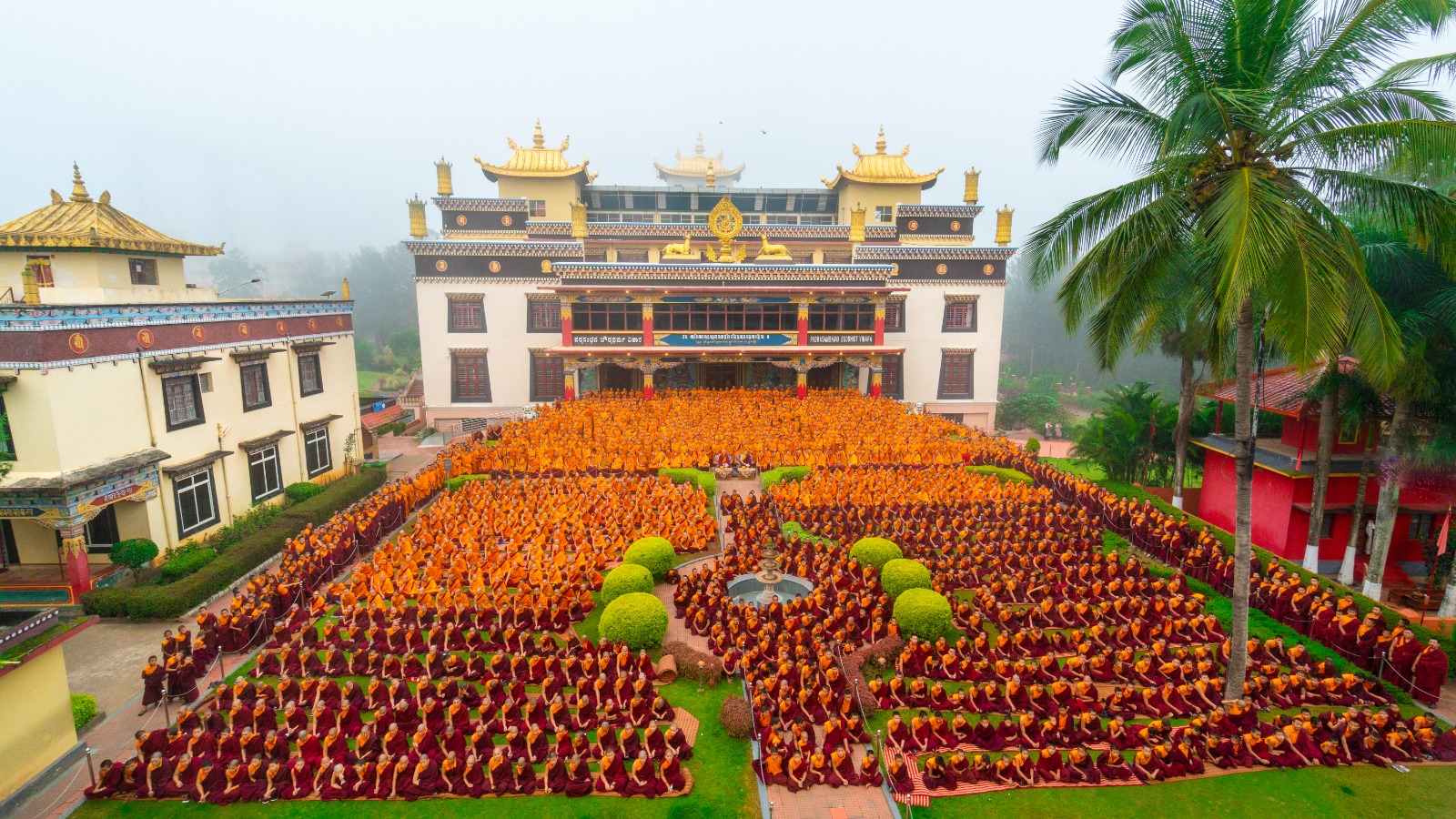
Before Imee began her work on her song, the project was consecrated with an offering of 10,000 seven-line prayers at Namdroling Monastery in South India. This is the seat of His Holiness Penor Rinpoche (1932–2009), who restored the Dharma lineage of Nyingma Buddhism in 1963. This sacred institution has in its care several precious artifacts: a statue of Padmasambhava and the image of the Copper Mountain (the Pure Land of Guru Rinpoche). Until his Parinirvana, Penor Rinpoche, travelled the world and spread the Dharma far and wide, helping the world encounter the Nyingma tradition and the Nyingma tradition to meet the world. The translation of the Seven Line Prayer and Imee Ooi’s new song is a new offering for the Dharma itself and the growing Nyingma community, many of whom will find the Chinese translation of critical benefit and use.
We’re delighted to showcase, in collaboration with YPNV, the end product of this wonderful collaboration between an accomplished Buddhist singer and an exceptional Buddhist organization. The full press release from YPNV is below.
Raymond Lam
22 February 2020
The Seven-Line Prayer in Chinese, by Imee Ooi
*
Are you mesmerized by the melodious chants of Sanskrit, reciting the wisdom tones of Buddhist sutras, mantras or prayers? Well, you are lucky to have born into this new era of modern Buddhist music, in which ancient style of chanting could be integrated and put into practical manifestation through our modern day’s technology and musical infusions. Buddhist hymns or Buddhist Chanting is called “fanbei” (梵唄) in Mandarin, which carries the meaning of “Brahma Tones” or “Pure Chants”. Pure chants are a type of tune for praising the Triple Jewel in the scriptures. This tradition of singing Buddhist scriptures and rituals in beautiful tones can be traced back to Sanskrit chanting in India. After Buddhism became popularized in China, Chinese Mahayana Buddhism inherited this tradition, hence chanting Buddhist scriptures in Mandarin in each and every Buddhist monastery throughout the country is quite a common scene even until today.
In recent years, mantra and prayer chanting in Chinese Buddhism have long been composed, compiled and made popular in various medias and online platforms. It has become a new pop genre in modern music, with its most popular examples such as the chanting of “Heart Sutra” and the melodious recitation of the entire “Diamond Sutra” by renowned singer Daolang (刀郎), which has become a new sensational trend in the internet and social media, just a few weeks back. This being said, translating Tibetan prayers into Chinese chanting with new tunes and melodies – is definitely a groundbreaking project and most importantly, first of its kind in the world.
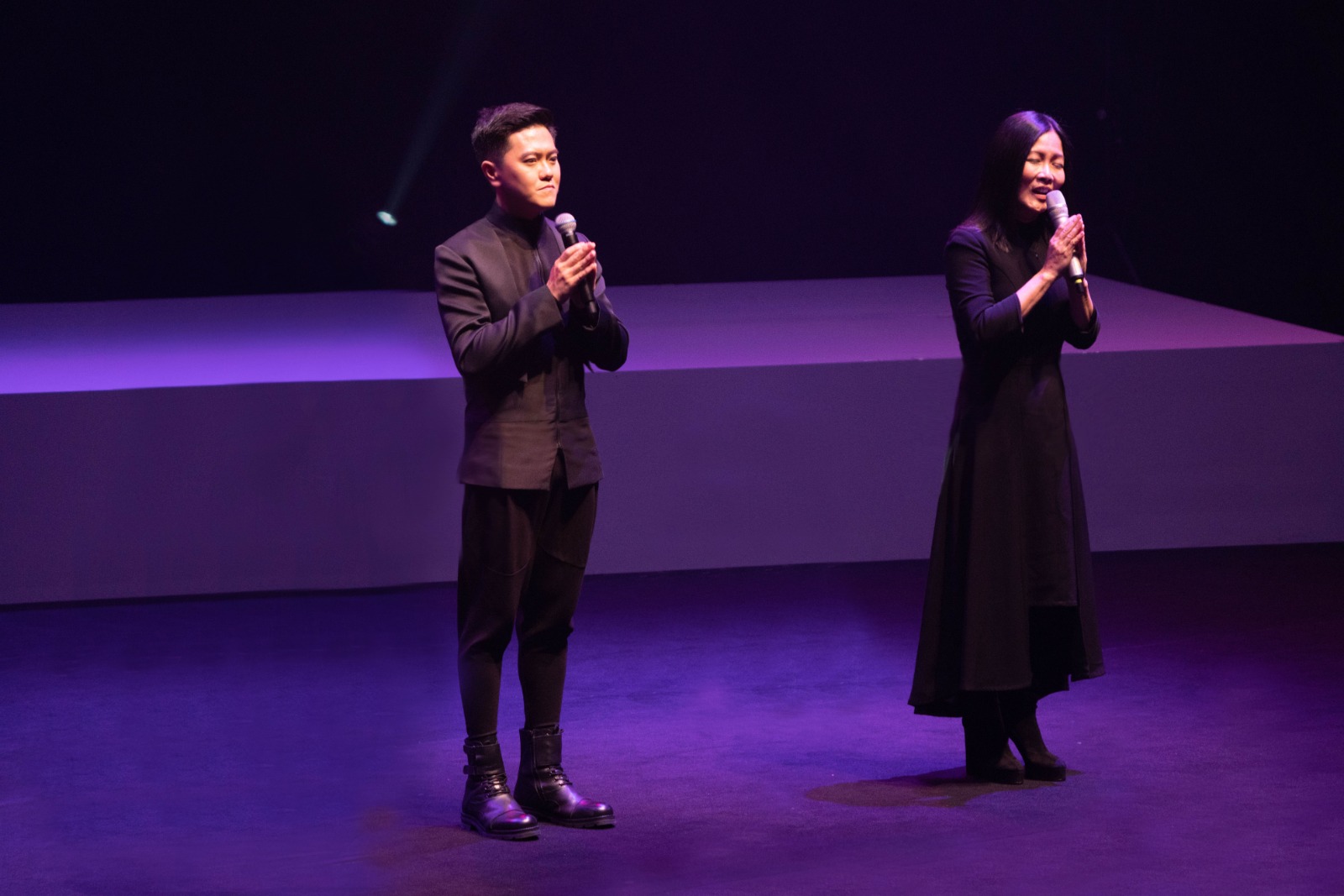
This auspicious and ground-breaking project is jointly undertaken by the the popular Malaysian Buddhist singer-composer and performer, Imee Ooi together with YPNV (Yayasan Pema Norbu Vihara – Palyul Malaysia). Before Imee began her creative process, 10,000 seven-line prayers were offered at Namdroling Monastery to remove all obstacles and to also successfully launch this seminal work. Imee herself has written and sung countless unforgettable Buddhist songs in the past. This time, she has compiled a wonderful rhyme for “The Seven Line Prayers to Guru Padmasambhava” and invited Malaysia’s top performer and actor Wang Jingjia (王敬嘉), to perform this melodious prayer with his utmost pure heart and beautiful vocal.
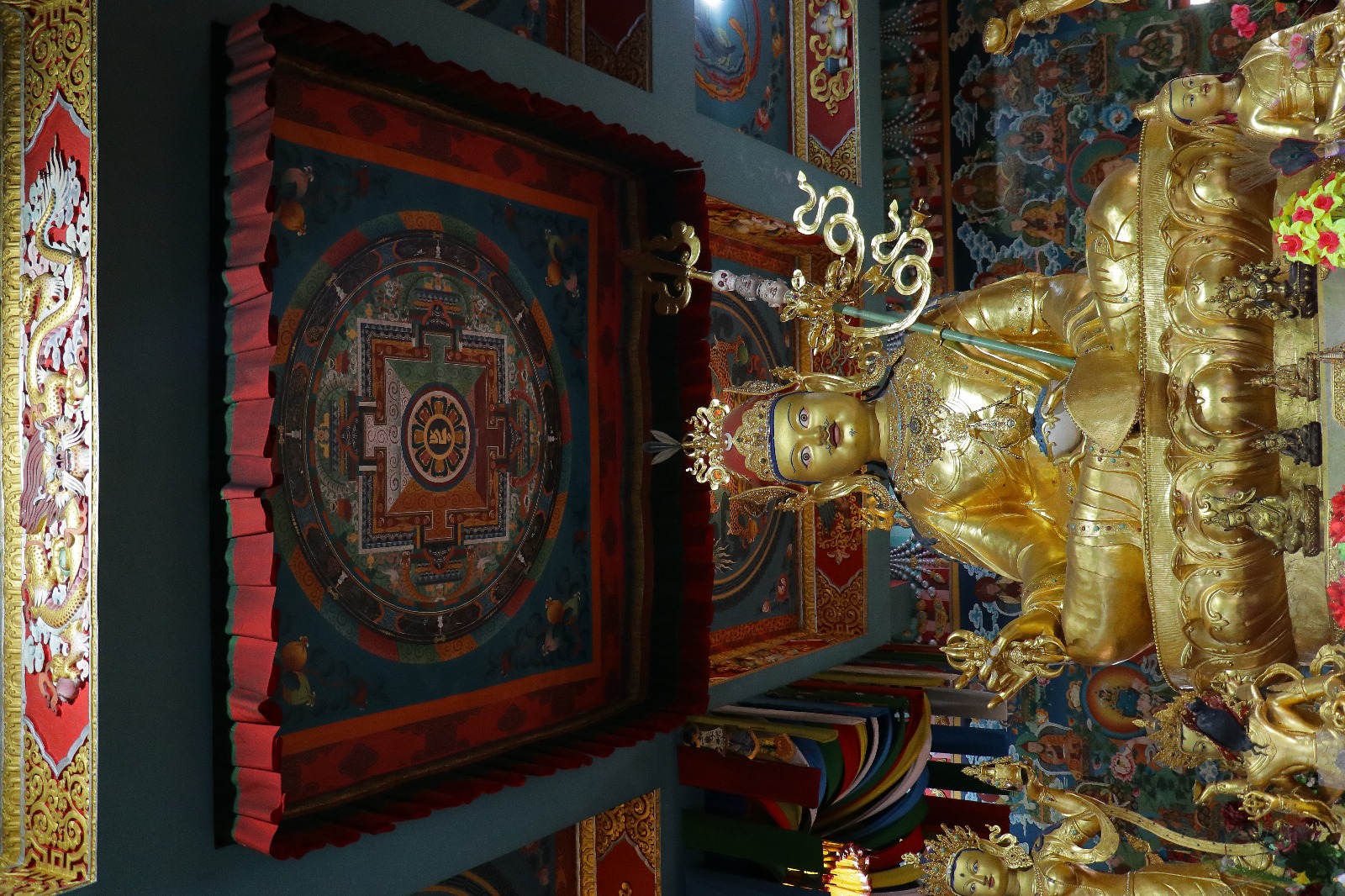
Why the Seven Line Prayer to Guru Padmasambhava? It’s simply because Guru Padmasambhava was known in Tibet as one of the founding fathers of Tibetan Buddhism, he was the first teacher who propagated and laid the foundation of Buddhadharma on the fertile ground of the Land of Snows. Furthermore, this meaningful prayer is the most beloved and popular prayer amongst Tibetan Buddhists or Vajrayana practitioners. Through this melodies chanting, infused with the blessings of this Great Guru, we sincerely pray and hope that more and more Chinese would be able to connect themselves with this amazing master and feel His inconceivable blessings, and build a special and auspicious bond with Guru Padmasambhava.
It really doesn’t matter whether you consider yourself as a practitioner of Chinese Mahayana Buddhism or Tibetan Vajrayana Buddhism, you could and should practice this prayer without any doubts or confusion, since Guru Padmasambhava is considered to be the manifestation of Buddha Amitabha – a Pureland Buddha who is most popular among Chinese Buddhists all over the world. That’s why almost every thangka of Guru Rinpoche is painted with a small image of Buddha Amitabha on top of His head. This simply shows that Guru Padmasambhava is the non-dual emanation of Buddha Amitabha Himself.
This Seven Line Prayer is truly amazing and inconceivable.
Guru Rinpoche, the second living Buddha in our age once said:
“When a disciple calls upon me with yearning devotion, and with the melodious song of this auspicious prayer, I shall come straightaway from Zangdokpalri (the pure land where Guru Rinpoche now resides), like a mother who cannot resist the call of her child; and I shall grant this person all supreme blessings and dispel all kinds of karmic obscurations! ”
This indeed is the sincerest vow made by all the great Buddhas and Bodhisattvas in the past, present and future. In order to fulfill this wonderful vow, they have been practicing the Dharma for countless eons (kalpas) and went through tremendous trainings and attained infinite merits and accumulated boundless qualities. The Buddhas and Bodhisattvas have perfected their two accumulations – namely wisdom and skillful means. The vows made by the Buddhas are indeed their skillful means in helping, benefiting and liberating all mother sentient beings.
Due to linguistic barrier and cultural differences, it was hard for any Chinese to properly approach, learn and understand the precious teachings of Tibetan Buddhism systematically and holistically. Due to our merits and positive karma, many eminent monks/nuns and scholars has translated these Tibetan texts into modern Mandarin. Thanks to their selfless dedications and tireless efforts, we can now enjoy this bouquet of Dharma, we could now recite, read and understand these Tibetan prayers in Mandarin, what a relief and what a blessing! May this newly composed Seven Line Prayer brings tremendous benefits to the teachings and all sentient beings!
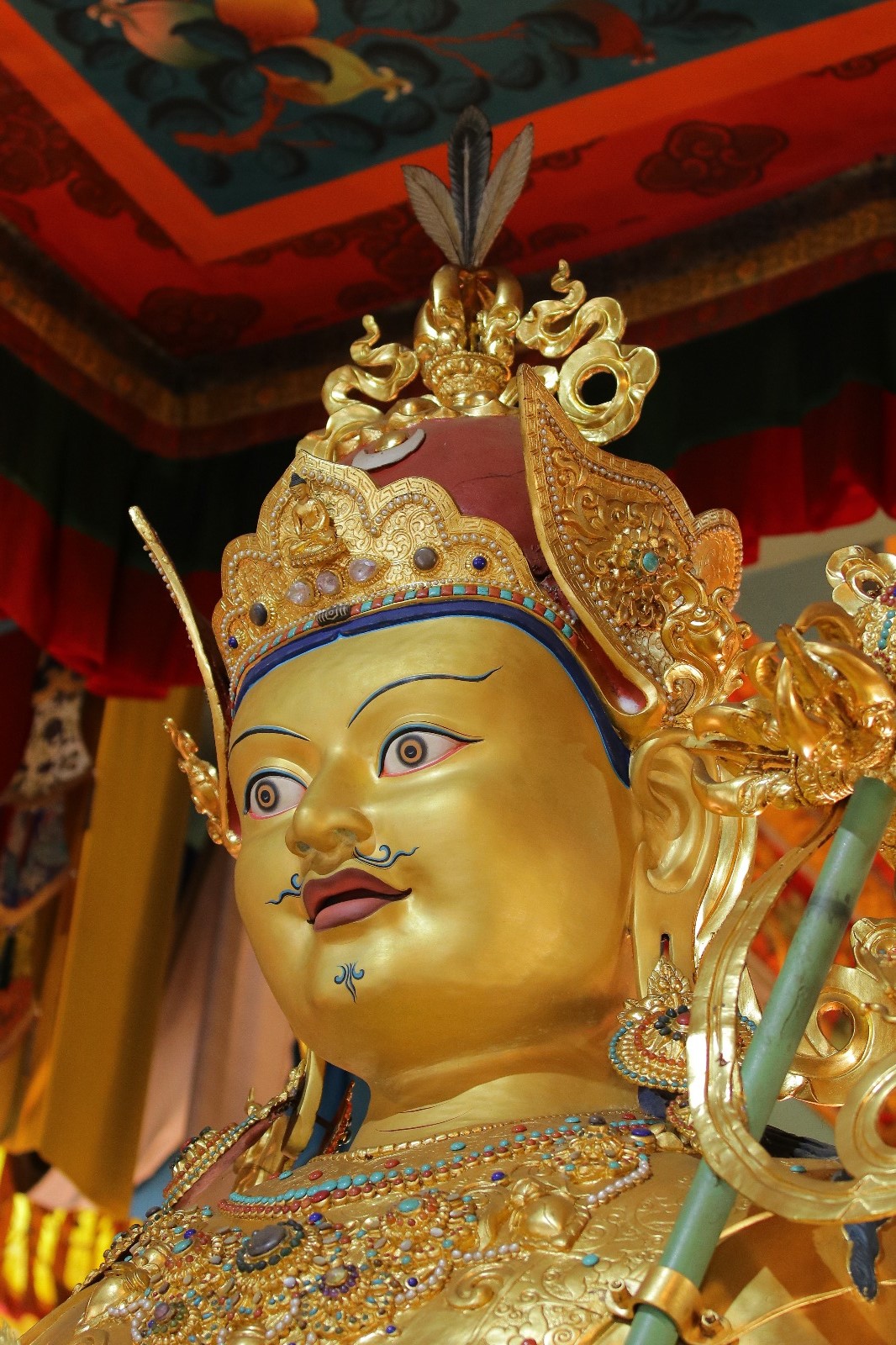
The statue of Guru Padmasambhava and the image of the Copper Mountain (the Pure Land of Guru Rinpoche) are the most precious artifacts of Namdroling Monastery in South India. The Dharma lineage of Indian Buddhism had been broken since the 12th century. But fortunately, after leaving Tibet and reestablish his main seat in India, His Holiness Penor Rinpoche had again rebuilt, protected, preserved, and propagated the Dharma lineage of Buddhism in general and the ancient lineage of Nyingma in particular in the land of India. Since then, His Holiness had been tirelessly spreading the teachings to all parts of the world, continuing the aspirations and beneficial activities of Guru Padmasambhava, guiding and liberating sentient beings all across the globe.
The sponsor of this special project – Yayasan Pema Norbu Vihara (YPNV) is an official Palyul Buddhist center of the Nyingma lineage in Malaysia, and is a part of the Namdroling Monastery in South India. Find out more about us: www.pemanorbuvihara.my. YPNV is currently launching the 100 Million Benza Guru Accumulation to benefit all sentient beings. This auspicious project commences on 24 January, 2021 and will continue until 31 December, 2021. Please visit our Facebook page Yayasan Pema Norbu Vihara or Instagram @palyul_malaysia for more details.


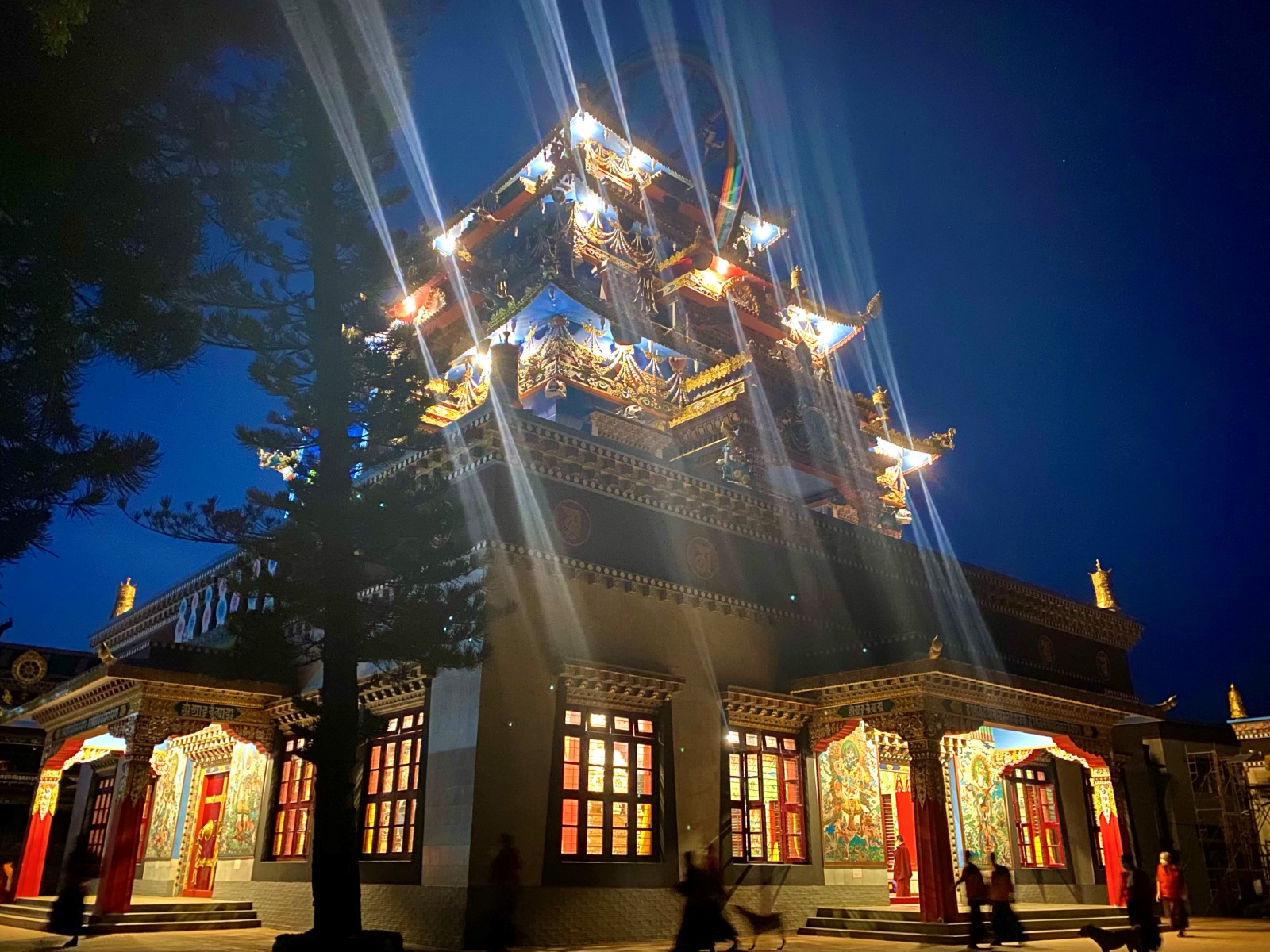
[…] Vajrayana Buddhism, Padmasambhava or Guru Rinpoche.”Please read the original article on Tea House BuddhistDoor Global written by Raymond Lam: “Seven Line Prayer to Guru Padmasambhava” – A Milestone […]